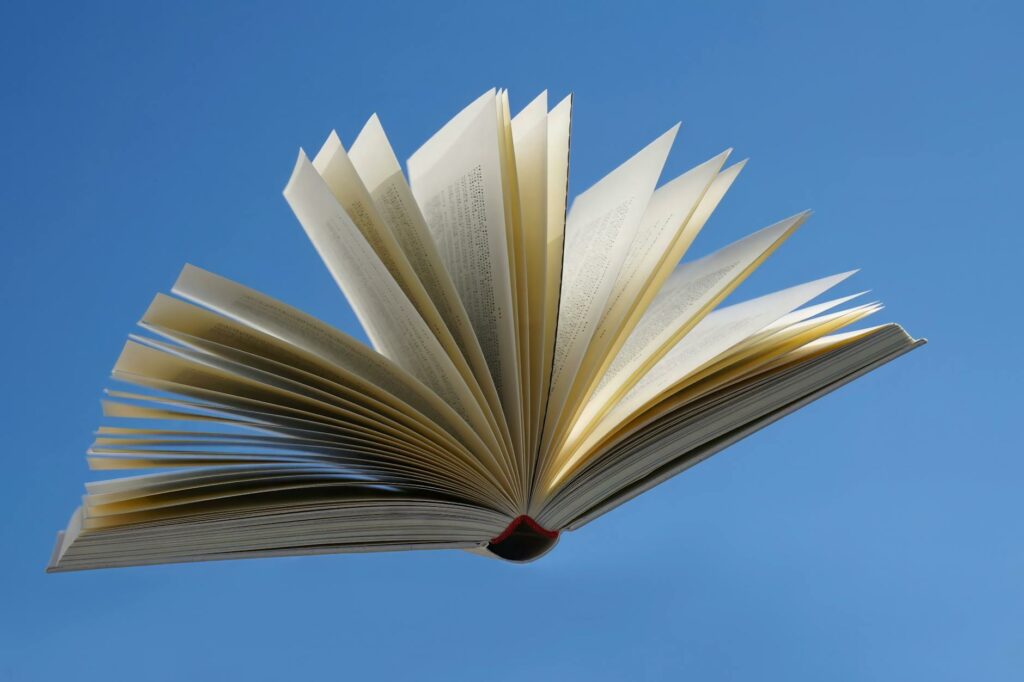Emily Dickinson’s poetry is full of hyphens and capitalized words. Are these idiosyncrasies in her poetry a sign of her poetic genius?
Emily Dickinson is famous for her idiosyncratic grammar, uncommon uses of punctuation, and seemingly random capitalization of words. Despite using typical poetic devices such as assonance, consonance, and alliteration in her works, her poems take unique forms with layouts often making them a bit cryptic. Dickinson is well known for her liberal use of the hyphen and her tendency to capitalize many words seemingly at random. Are these idiosyncrasies in her poetry a sign of Emily Dickinson and her poetic genius?
In many cases, there’s more to be understood from her poems than what the words say alone. One verse will make good sense, then the next proves mystifying. But, ambiguity itself is a trademark of Dickinson’s work. The lack of common poetic conventions in her work may serve as a reflection of Dickinson’s own unsure self. So, what purposes did she have in using punctuation and capitalization as she did? Not understanding these purposes could impede understanding her work’s meanings. Dickinson’s poetry certainly requires much closer scrutiny than most.
Although overall themes tend to be clear in her poems, precise meanings can be difficult to come by. Possibly, even Dickinson herself at times didn’t know exactly what it was she was trying to say through her work. Her purpose in writing these poems was likely an effort to find the best method to explain what was in her mind. Through her poems, we see reflections of the thought process of a poetic genius who found great, unique schemes to write by and let the words flow. Her grammar can be very frustrating for casual readers, as if a code needs to be broken to get at the real point of each poem. Dickinson’s free-writing ways led to creating her unique and experimental style, like nothing else written up until that point, and because of its unusual characteristics, a bit strange.
Why Did Emily Dickinson Use Dashes and Unusual Punctuation in Her Poems?
Dickinson’s trademark is her liberal use of the hyphen. One possibility for their multiple insertions in the majority of her poems may have simply been a tic of hers. However, in many places, their placement seems sound. Some appear to signify purposeful pauses or stand in for commas. It’s the other times when hyphens seem inserted at random that cause confusion. Sometimes, they seem to break up phrases. In other cases, hyphens seem to take the place of words that could fit between the words before and after the hyphen. For the most part, she seems to put in hyphens to signify parts of the poem where a keen mind should be able to fill in the gaps between words. In reading the poems aloud, the hyphens act as signals to pause.
For example, poem No. 287 is full of many images separated by hyphens. It would seem to be a poem concerning death, but the images do not seem to fit together. The hyphens insinuate that these are images not completely described, thus making this poem particularly hard to decipher. The third verse of No. 287 is particularly mystifying.
“It will not stir for Doctors-
This Pendulum of snow-
The Shopman importunes it-
While cool – concernless No-“ (9-12)
Because of these hyphens, it takes several reads of the verse and those before it just to understand the main idea of the poem. Eventually, it finally appears to be about a body with no chance of being reanimated. So, the grammar truly does impede reading. You have to study the poems very closely to decipher them, and even then they are very mysterious pieces, with several possible meanings.
Dickinson’s idiosyncrasies almost force reading her poems aloud to make true sense of them. Idiosyncrasies also appear to be used at the end of verses, perhaps to signify a passage of time or considerable pause between the writing of that particular verse and the next. It is particularly interesting when she uses a hyphen at the very end of a poem, as if the poem were incomplete somehow. There are few times that she does not use the hyphen in her poems, such as in No. 1138. It’s notable, particularly in No. 1242, that lacking these hyphens makes the poem flow much easier, especially when read aloud. This is a rare example of a Dickinson poem without pauses, one easily deciphered on sight, which is not the norm.
Why Did Emily Dickinson Capitalize Random Words in Her Poetry?
The capitalizations that Dickinson uses aren’t as random as they may at first appear. She capitalizes many nouns in her work, seeming to force emphasis on particular nouns. Also, perhaps, the capitalization of the nouns is meant to magnify them in the reader’s mind. Making ordinary nouns into proper nouns through capitalization certainly makes them stand out more. With the brevity of her poems, it seems a good idea to make certain nouns more prevalent than others. For example, in poem 1242, Dickinson capitalizes the nouns ‘Wings’ and ‘Van’. Here is the poem in its entirety:
“To flee from memory
Had we the Wings
Many would fly
Inured to slower things
Birds with dismay
Would scan the cowering Van
Of men escaping
From the mind of man”
Because those nouns are capitalized, the reader can assume that they carry a good deal of weight in this particular poem. What’s interesting is that ‘mind’ and ‘man,’ words that she possibly could have capitalized, and has in other poems, aren’t so in this particular poem. One good explanation for her choices of capitalization could be to make other nouns that would not be ordinary capitalized so to better illustrate the theme of the poem.
Because the word ‘Wings’ is capitalized, it leads the reader to assume that Wings are important in the course of this poem. Indeed, this is a poem about memories, and how so many people would love to flee their own minds to forget them. The capitalization of the word ‘Van’ makes sense, because in this context it means a large group of people. Undoubtedly, most people do want to forget something in their lives. Though few of her poems are truly this straightforward, her purposes for seemingly random capitalization here don’t seem so random.
As for how this idiosyncratic grammar affects the reading of her poems, it can lead readers to be more confused and mystified than they probably would with other poetry. Poems can take on so many different meanings, just as any combination of words will vary in meaning from one individual to another. But, in Dickinson’s work, on top of the grammar issues, the ambiguous content itself can mystify the reader with phrases that imply meaning without saying what is supposed to be understood.
Her ambiguity may have much to do with the New England literary tradition of her time. There’s little doubt her education in Amherst, Massachusetts exposed her greatly to this tradition. Because of the compressed and compact nature of her verse, it’s necessary for her to do so in fewer words than would benefit clarity. Even when a reader comes to an understanding of a poem’s theme, there are so many possible meanings that the poem could hold. This depth is what makes her poetry is truly genius.
Much of Dickinson’s poetry cannot just be simply read; it needs to be carefully studied. She’s far different from most other poets of her time that constricted themselves to a limiting rhyme scheme, form, and standard. Her uncommon use of punctuation, grammar, and form may be baffling, but they prove the uncommon route she took in pursuing poetry. Her work may be frustrating to comprehend, but much satisfaction can be gained from overcoming some of the more mystifying aspects of these little gems she left to the literary world.
Works Cited:
Dickinson, Emily. “287,” “1338,” and “1242,” The Norton Anthology of American Literature. New York: W.W. Norton and Co., 2003. Pg 177, 199, 200.



